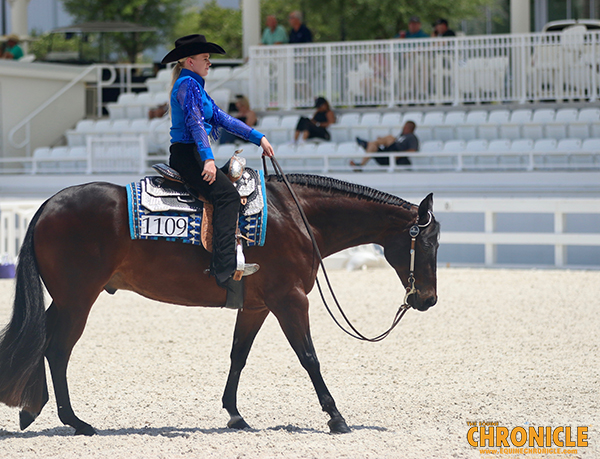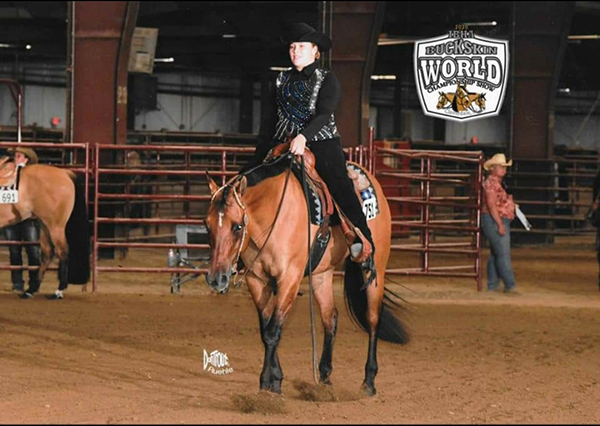Tips For Developing Smooth Transitions

Blog by EC Intern: Cheyanne Bristol
When you’re riding a horse, especially in the show pen, how you get from point A to point B matters. How do you ensure that the transition from a jog to lope or canter to trot is seamless and credit-earning? Judge and trainer, Tom McBeath, has some guidance.
McBeath is not only a renowned trainer and judge, but he’s also a grandfather and family man. He holds himself to a high standard when it comes to teaching the next generation of the horse industry. He focuses, not on his clients’ awards and accolades, but on the lessons learned through their experiences of developing their potential as equestrians.

Tom McBeath
McBeath resides in Mississippi where he teaches riders of all disciplines from Western Pleasure to Working Cow Horse and Hunter Under Saddle. He holds judges cards in AQHA, APHA, PHBA, and other Working Cow Horse and Reining associations. He’s a 4-H enthusiast and was the recipient of the American Youth Horse Council Adult Leader of the Year in 2017.
When explaining the process of asking for an effective transition, McBeath uses the analogy of driving a car. “Riding a horse is like driving a car,” he says. “You don’t want to jerk the steering wheel and go into second gear as fast as possible. Instead, you want to drive like your mom is sitting next to you.”
“First, you want to collect your horse, and then ask for the transition. Don’t mash the gas and have the horse take control of you. You’re in control of the horse. If you ask for the transition the same way every time, you and your horse will have a mutual understanding. With that, you will continue to progress as a rider.”
McBeath explains how a novice equestrian should set up a horse for a clean transition by asking for collection prior to applying the cue for the jog or lope. Engaging a horse’s body before cueing for a new gait will create a smoother transition. In addition, novice riders learning on one particular horse should focus on cueing the horse the same way every time in order to ensure an effective transition.
“I like my horses to drive like a car,” he says. “When I take my foot off the gas, I want them to slow down and change gears. I tell my novice riders to think soft into the downward transition. The bridle is always an emergency brake. We sometimes need to softly use our hands and slow the pace of our seat to stop or smoothly transition downward,” he says.
McBeath also emphasizes the use of aids during a transition, like a change in seat and a slight lift of the reins. “Sitting softer” to slow a horse’s movement in the show pen is crucial, and the same thought process can be applied when transitioning into a different gait.
To Recap:
#1- Collect and Then Ask- Be sure to collect your horse’s movement underneath you before asking for an upward or downward transition. This will ensure a crisp change in motion that isn’t sloppy.
#2- The Bridle is the Emergency Brake- Ideally, the horse should recognize a change in gait is coming from the pace of your seat first and then your hand.
#3- Use Your Aids- In addition to using a vocal cue, employ aids like a softer seat and slight lift of the reins.
Hopefully, these tips and tricks from an experienced rider, trainer, and judge will help novice riders become the future faces of a growing horse industry!
About the Author
Hi there, my name is Cheyanne Bristol. I’m 19 years old, and I’m attending Illinois Central College to become an Equine Journalist and Photographer. I’ve shown with the International Buckskin Horse Association and the Appaloosa Horse Club all my life. I’ve also shown in All-Around events at the National and World level.
If you’d like to write a blog for The Equine Chronicle, email B.Bevis@EquineChronicle.com.

Cheyanne










